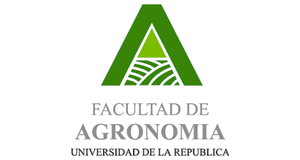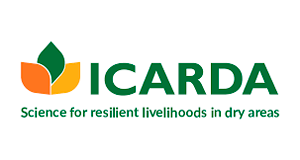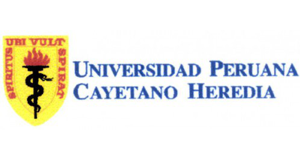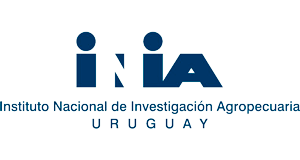Genetic resistance to diseases in barley
Identification and use of durable resistance to barley diseases in Latin America
Context of the story
Barley (Hordeum vulgare L.) is a crop of great economic importance in Latin America, especially as a food source in the Andean region with small producers and as a value chain for malted barley in the Atlantic plains with large companies. Diseases are the main limitation of the crop, significantly affecting yields. The genomic tools available in developed countries to face the disease find limitations in Latin America given the heterogeneous distribution of technological resources and trained human resources.
Research and Development
The implemented initiative
The objective of the project was the development of disease-resistant and adapted barley germplasm using innovative genetic tools and the establishment of the necessary conditions for the future development of new germplasm with desired characteristics. The project used advanced tools such as high-productivity genomic characterization, linkage disequilibrium analysis, and assisted selection, in two "culture-disease" combinations. The chosen diseases were Yellow Rust (YR) caused by Puccinia striiformis and Spot Blotch (SB) caused by Cochliobolus sativus, considered representative of health problems of the crop.
Genetic Resistance
The technological solution
The project allowed the incorporation of resistance already mapped to local adapted germplasm, through assisted selection. The source selected for SB was the BCD47 variety that presents a QTL (quantitative trait locus) of resistance on chromosome 1H and the adapted material the cultivars INIA Ceibo and INIA Aromo. Regarding YR, the source of resistance was the iBison 95-2 line, which has resistance QTLs on chromosomes 1H, 4H and 5H, using cultivars adapted to Peru as receptor parents. In addition, germplasm with pyramids of built-in resistance sources was developed. From the crosses between the SB-resistant material (Ambev 293) and the adapted and susceptible cultivar (INIA Arrayán), F1 were obtained, which were later crossed with RC2F4 lines. Training and cooperation schemes were implemented among the participants, based on the use of genomic analysis tools in the routine process of genetic improvement.
The development of resistant and durable varieties would be the most efficient, economical and environmentally friendly alternative to control pests.
Participating countries
Type of project
Results
1. Germplasm was developed incorporating a previously detected QTL for SB.
2. Genetic resistance to SB, YR and RH was detected in regions of the genome that had not been previously identified.
3. A process of building pyramids of resistance began for SB
4. A network of collaboration and technical support was consolidated between project participants and other collaborators.
5. Highly qualified human resources were trained on the subject of the use of genomic tools in support of genetic improvement.

 Back to the project
Back to the project Uruguay
Uruguay Peru
Peru Syria
Syria United States
United States






